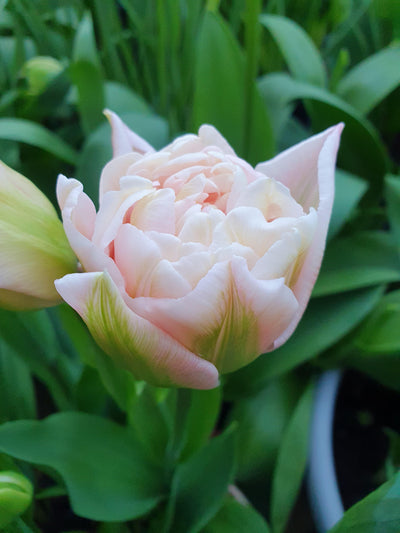Hedgehog Hibernation
Hibernation and the European Hedgehog
Thank you Brambles for sharing your blog post with us about Hedgehog hibernation.
Normal hibernation is affected by various environmental and hormonal cues, with cold and lack of food shown to be important triggers.
By the time the hedgehog is ready to hibernate 30% of the body weight will be fat, both brown & white. The brown fat is around the shoulders, chest, neck, under front legs, and white fat under the skin & around the stomach & intestines. The white fat, which can account for 1/3 of body weight just before hibernation, provides the constant energy supply to fuel metabolism during hibernation while brown fat is most important for heat generation during arousals from hibernation. To survive through hibernation, it is essential that hedgehogs develop sufficient white fat reserves to fuel many weeks and sufficient brown fat reserves for several periods of arousal. Use of fat reserves during hibernation leads to a significant reduction in hedgehog body weight over winter; values from European studies reveal total weight loss in the order of 25-40%. Males usually hibernate first as they have had more time after mating to build up fat reserves.
During hibernation a number of physiological changes happen that keep the hedgehog in a state of torpor:-
• Heart rate is decreased
• Body temp decreases, normal body temperature for hedgehogs is about 35°C, peaking at 0300 hours and dropping to a minimum at 1500 hours. Normal temperature for unweaned hoglets is slightly lower than that of adults at about 31.5-34°C. During hibernation body temperature drops to close to environmental temperature and may be about 2-5°C.
• Hedgehog metabolism is greatly reduced during hibernation reaching a minimum at about 4-5°C which is therefore described as the "optimum" hibernation temperature. Metabolic energy demand during hibernation increases with either increase or decrease of ambient temperature.
o Lowered ambient temperatures require additional heat generation to prevent frostbite in the tissues.
o Raised ambient temperatures will passively increase the hedgehog body temperature and therefore increase metabolism and energy demand.
o The rate of utilisation of fat reserves will therefore be increased by extremes of ambient temperature, reducing the possible length of the period of hibernation and potentially stimulating premature arousal.
• Respiration is decreased
• A reduction in rate of function in key homeostatic organs such as kidneys, liver etc.
During the hibernation period there are periods of arousal where the hedgehog may remain in the nest or venture out. If the environmental temp <1°C hedgehogs can get frostbite or even freeze solid & these periods of arousal may prevent them from freezing to death. On arousal brown fat is metabolised to release heat to bring body temp back to normal, so too many arousals during the hibernation may deplete these reserves. This is another very important reason to continue to leave food such as Brambles Crunchy Hedgehog Food, and water out during the winter months.
Arousal after hibernation is induced by increased daylight hours and increased ambient temperatures. Males tend to come out of hibernation before females possibly because they will feed & be ready to mate as soon as the females become active or there is less competition for food. Another theory is that the increase in daylight hours decrease levels of melatonin that in turn increases testosterone causing progressive reactivation of gonads so that testis are fully active at the time of the final arousal.
All hedgehogs will be very weak when they do arouse from hibernation, and it is imperative that they get water and food as quickly as they can to maximise their chances of survival. Supplementary feeding is incredibly important to help hedgehogs survive especially as they are now listed as “Vulnerable to extinction”, you can check out our hedgehog Foods here





Leave a comment